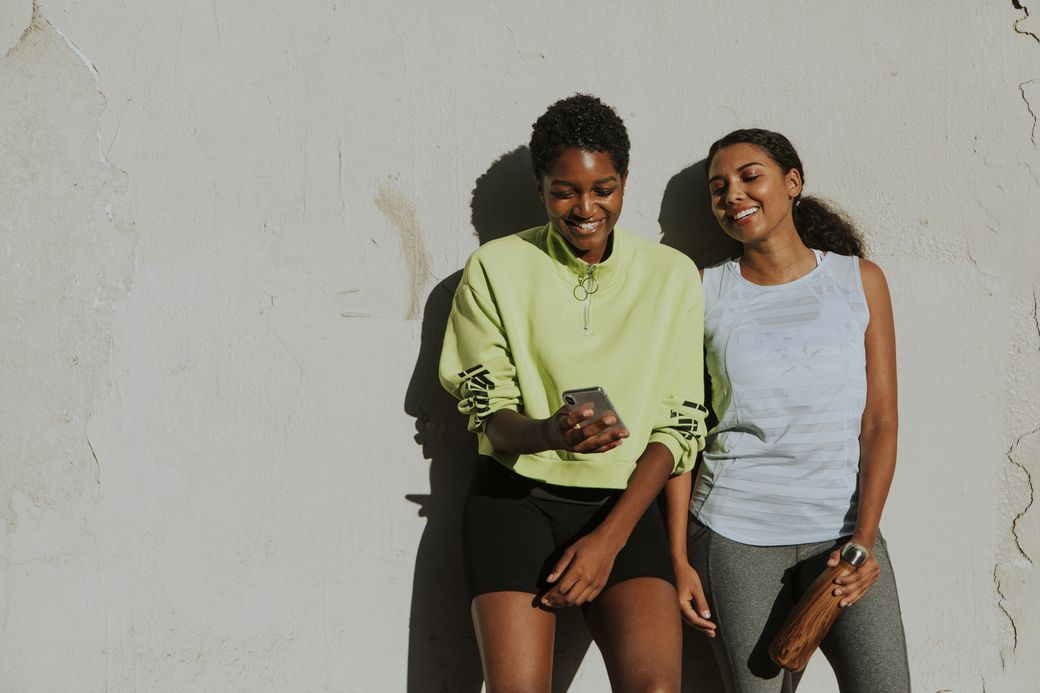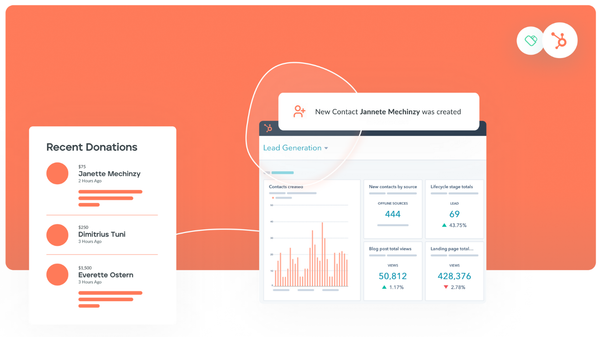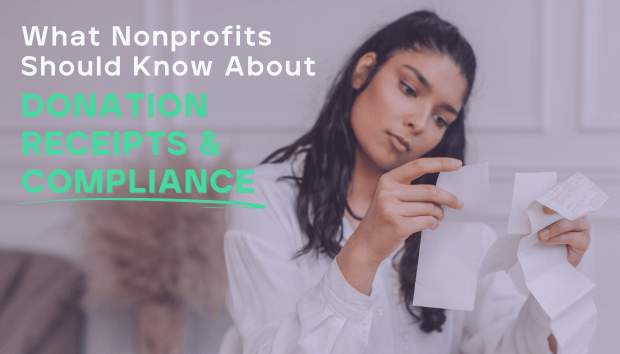How to Find Relevant Influencers for Your Nonprofit
With the right influencer, your nonprofit can gain access to a vast new audience of supporters, volunteers, and donors. Here’s how to find influencers.

Influencers can tremendously boost your cause's legitimacy among a target audience. You can also find new donors, advocates, and volunteers through influencer marketing.
If the influencer also has a large audience or press exposure, you might also get some helpful press coverage. But to gain any of these benefits, you'll need to do your homework beforehand.
What Should You Consider?
Choosing your influencer carefully is key to getting a return on the time you invest. The best way to find the perfect messenger is not to go straight to their count of followers, but to build from the bottom up: know your goals, target audience, and offer.
Your goals
If you want to boost brand awareness and inject some star power, then celebrities might come through for you. But if you're looking to drive more specific results for your nonprofit, your best bet might be a local public figure with years of experience in your cause.
Start by pinpointing your exact goals and needs. Are you trying to transform what people know, or what they value? Then use the prompts below to guide you in evaluating whether the influencer can help you to meet them.
Your Target Audience
The best approach is to laser-target an audience, then work your way out. For complex goals, consider using this rubric for identifying a messenger for your audience from Stanford’s Social Innovation Review. It weighs the resistance level of an audience against their knowledge of the subject to identify passive vs. active skeptics and unaware vs. stagnated bystanders. Then it suggests one of eight messenger types that might influence a given audience.
If you’re a new organization, be sure that your websites and other online resources are attractive to a core group of people who love your cause, and build from there. Meanwhile, make sure you are inclusive by meeting web accessibility guidelines.
Your Offer
Remember to approach influencers that are already passionate about what you're standing for. Then ask what your organization can offer. This might be access to a wider audience, a tax-deductible exchange of services, a more personalized connection, or an opportunity to participate more deeply in your organization.
Some celebrities, athletes, and public figures will accept a partnership with not-for-profit organizations without further expectations. Others may desire to be a part of decision-making or a board member. Others will work as brand ambassadors.
Whatever your offer, be sure to pitch the impact of working with your nonprofit.
Show the influencers how their goodwill will further a cause they love in a way that is personally and professionally meaningful.
Understand the Various Types of Influencers
When hunting for the right influencers that will propel you higher, keep in mind that they come in several types: top-tier, middle-tier, micro-influencers, and superfan:
Top-Tier Influencers
In most cases, they're notable, well-known public figures boasting a vast and highly engaged audience. Their number of followers usually ranges from 100k to 1m+ across social media platforms. They typically don't work for free, so you may need a budget or an extremely compelling personal connection. But the return on investment is worth the expense.
Middle-Tier Influencers
Otherwise known as the “power-middle,” their reach across social platforms is typically moderate: 20k to 100k. Their fees are flexible and they’re easier to approach for free services because they're still mushrooming. They can also be your best choice if you're looking to target a niche audience. Your nonprofit brand can grow with them as they build their audience.
Micro-Influencers
Social media is awash with these influencers. A micro-influencer will usually have a relatively small audience consisting of about 10k followers or less. However, if you're looking for quality over quantity, this type will most probably offer you a very engaged audience.
Also, they can resonate well with the audience because of their high level of accessibility and relatability.
Super-User
Otherwise called a superfan, it's a person inside your network that wants to promote your organization organically. Don't ignore them and assume that bigger is better.
Offer this person a communications or branding guide and promotional materials (think post copy, graphics, video, etc.) and ask them to help share your content.
Securing Your Target Influencer Partnership
Let's face it; influencers are busy people, especially if they're reputable individuals with huge numbers of followers. Each day fills their email and social media inboxes with thousands of requests. So how can you get your target influencers' attention?
Direct Messages
If your brand name is credible and you have a verified social media account, your work may be much easier. Your direct message will stand out among other requests swarming your prospective influencer's inboxes.
What if your nonprofit is up-and-coming, and your account is not yet verified? You can still go ahead and give it a shot. A message with a high amount of social credibility might still grab their attention.
Pro-tip: Be to the point and emphasize the value they'll get from partnering with you.
Influencer Databases
A subscription (even temporary) to this type of MarTech tool allows you to search potential influencers based on variables like interests, followers, and demographics. Some of them also reveal other brands that have engaged their services, so you can avoid partnering with anyone who may have a conflict of interest or who is already working with a different nonprofit.
You'll still need to initiate the conversation and negotiation process, so once you have an individual’s contact details from the database, play your cards well.
Google Search
Are you planning to target a particular audience, such as mommy bloggers in Georgia? A Google search will come through for you. Locating contact information for these individuals may be time-consuming and more manual than other methods, but can bear excellent results.
Social Media
Head over to Twitter or Instagram and search the hashtags related to your targeted interests and demographics. Don't stop there; go ahead and find pages having similar content (the Suggestions feature will help you here). After pinpointing potential influencers, start following them and remember to repost and interact with their content.
What if you’re looking to engage influencers on a shoestring budget? If your social media strategies have been great so far, you might have gained some influencers among the fans and followers that care about your cause. Remember to scan through the page likes and followers to see if you can find a place to start.
Final Step
Once you've identified your influencers, get in touch with them by creating a post about public figures you admire or your most active supporters. Publish these on your blog and social accounts (and remember to tag each individual on those social posts!). These posts can introduce your readers to new publishers they will appreciate while enabling you to capture the attention of influencers who are included in the list.
With this mentality, getting the right influencer becomes a breeze. Reach out with any questions and your stories of success; we'd love to hear them!
Celebrity and influencer marketing needs to be part of a bigger picture that includes different marketing channels. Your goal should be to reach people where they are and tap into multiple funding sources for your nonprofit. For more help planning out your nonprofit marketing strategy and funnel, check out our free Nonprofit Resource Hub.
About the Author
Emily Friedrichs is the Communications and Partnerships Manager at Elevation, a nonprofit marketing and web agency that provides digital solutions that appeal to nonprofits’ unique service models. Emily’s commitment to social justice and service began in zir youth in New Hampshire and has stayed with zir across the globe decades later. Emily has been both volunteer and activist for organizations working on human rights, poverty elimination, non-violence, and cultural exchange. Ze has taught in underprivileged communities in New York and Buenos Aires. Ze is passionate about community-building and behavioral psychology, and excited to be working at their crossroads in nonprofit technology.





